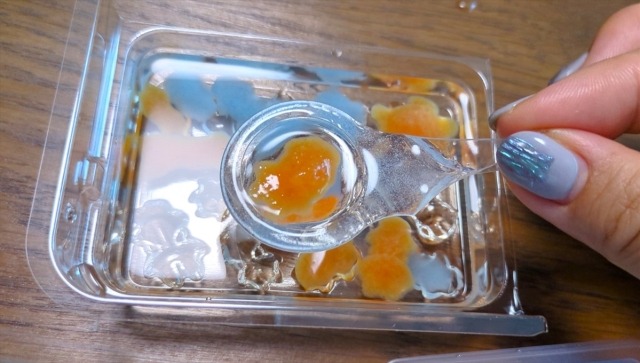
It’s okay to play with your food if it’s educational.
It’s Educational Candy Day once again in Japan! This is the day devoted to celebrating candy that feeds not only kids’ bellies but their brains as well, because the individual digits of 7/19 can be read as “chi i ku” which is also a word meaning “education.”
It was established by leading edu-candy maker Kracie, whose range of items all manage to turn packets of simple white powder into all kinds of sweet and savory snacks through the magic of science.
To celebrate, our writer Haruka Takagi bought a pack of Scoop Goldfish! (Sukutte Kingyo!) for 248 yen (US$1.78) at her local supermarket.
It’s a great choice for summer because it emulates a popular Japanese summer festival game goldfish scooping (kingyo sukui) in which kids try to pick up fish with little tissue paper rackets before they break.
▼ A video showing some goldfish scooping techniques
Since this is a Kracie product, everything is made of candy that starts off as a packet of powder. Here’s a look at the unwrapped kit which consists of plastic dishes and molds, a stir stick/paddle, blue fish powder, orange fish powder, tissue candy powder, tissue candy hardening powder, and water-like jelly powder.
As we can see from the instructions on the back of the package, it’s quite involved, as edu-candy should be. There’s usually a QR code there as well so you can watch YouTube video instructions, sometimes in other languages, but we’re going to show you how this works right now.
The first step is to cut apart all the plastic dishes and molds so they’re easier to work with. Each tray is carefully designed to hold a precise amount of water so Haruka was sure not to mix them up or use any substitutes.
Next, she mixed the blue and orange fish powders with the correct amount of water in their designated plastic dishes.
Once thoroughly mixed into a nice goo, she placed it into the aquatic animal molds of her choice. This really helps kids with critical thinking skills like, “Would a blue or orange turtle be more realistic?”
In real goldfish scooping, the plastic stick with tissue paper is called a “poi.” This is a rather difficult item to recreate in the medium of candy, but first Haruka mixed up the poi powder and poi hardening powder in their correct trays. This powder is a little harder to dissolve than the fish and takes a little more time and effort.
Fortunately, this gave her fish ample time to harden nicely.
Back to the poi candy. First, she dipped the plastic frame into the basic poi powder mix so that it formed a film like a soap bubble across the opening of the loop.
Then, while keeping the film intact, she placed it into the poi-hardening solution and kept it there for about 30 seconds.
Actually, you can adjust the hardness of the film based on the amount of time in the hardening solution. Haruka’s fish-scooping days were long behind her, so she went for the full 30 seconds recommended for beginners, but those with more confidence can make their poi flimsier by soaking it for 20 or 15 seconds.
▼ The good news is that, unlike in the real game, if your poi breaks, you can just repeat the steps above to regenerate it.
Goldfish-scooping time had arrived, so Haruka filled the tray of fish with water for them to float around in and put her poi to work.
It was surprisingly tricky because the jelly-like fish and jelly-like scoop were both very slick so it was hard to get a grip on anything. However, since she soaked her poi for a long time, it was very strong and didn’t even break if she jiggled a fish around in it.
According to the rules of Scoop Goldfish!, after catching one, you must gently drain out the excess water and then place the creature into the tray with the regular poi solution.
Once all fish had been scooped and captured, Haruka poured the water-like jelly powder into the tray of fish and poi solution.
After waiting for three minutes, she then poured in the remaining poi-hardening solution.
If everything is done correctly, the tray should be filled right to the brim with a jelly that tastes like lemon-lime soda.
From start to finish, the whole thing took about 20 minutes, which is a really good value for a couple hundred yen. It was pretty action-packed too, watching powder change to fish and everything change from a game to a cup of jelly.
Haruka also checked the nutritional information and was surprised to learn that this was low in calories and high in calcium.
▼ That being said, it doesn’t really have much of anything other than sugar, calories, and calcium.
She felt it could be a little challenging for some kids, but Kracie knows this too and puts a star difficulty rating on each item so you can judge which ones are best for the child or child-like adult in your life.
▼ This one has a difficulty rating of three out of five.
Scoop Goldfish! is a great choice though, because it has a nice touch of Japanese culture to it and is much, much better than playing the real game. The last time my daughter did it, she won two medaka who a few weeks later became the proud parents of about five dozen medaka that I am currently taking care of…
Photos ©SoraNews24
● Want to hear about SoraNews24’s latest articles as soon as they’re published? Follow us on Facebook and Twitter!
[ Read in Japanese ]

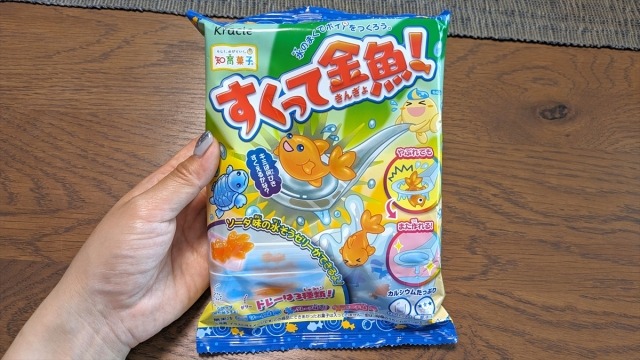
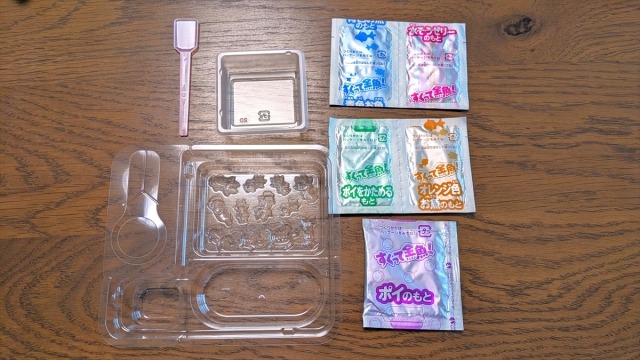
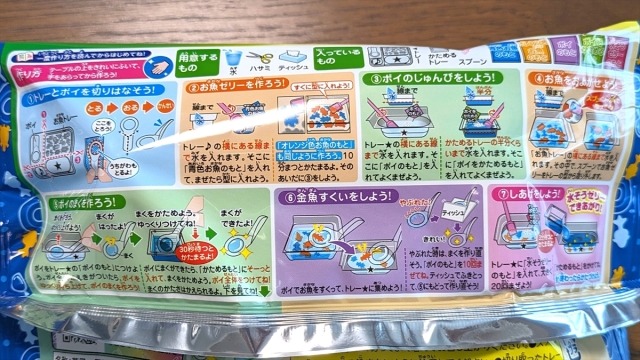
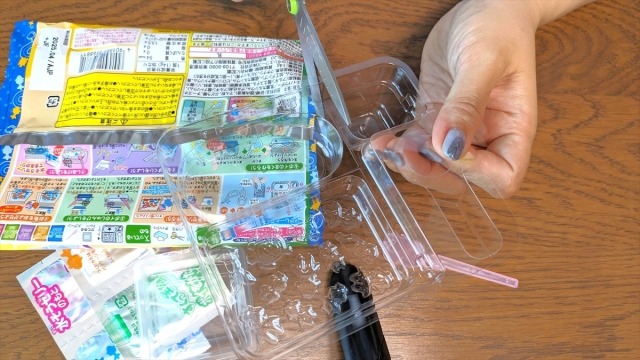
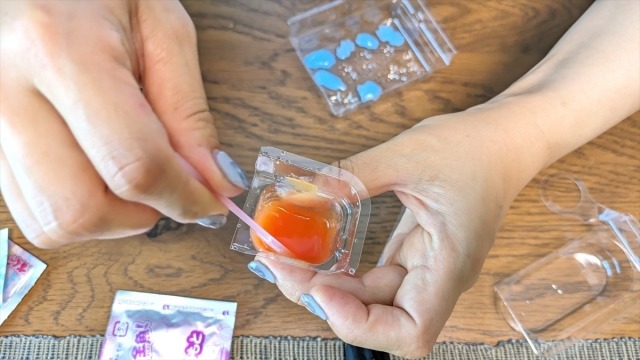
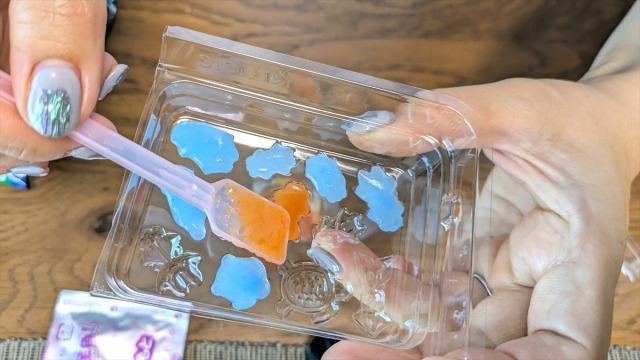
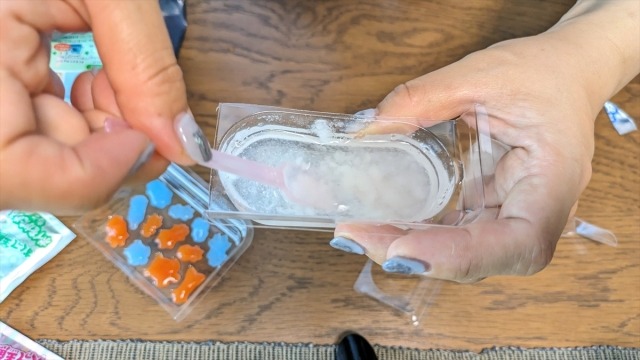
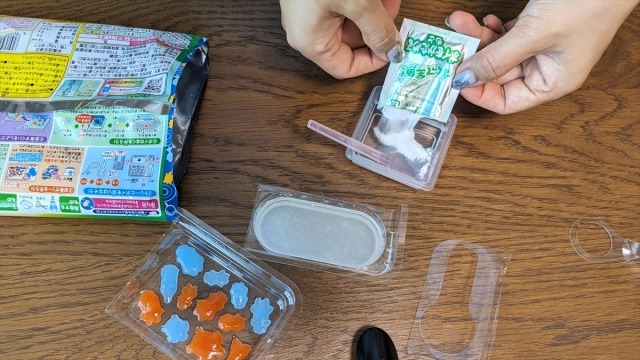
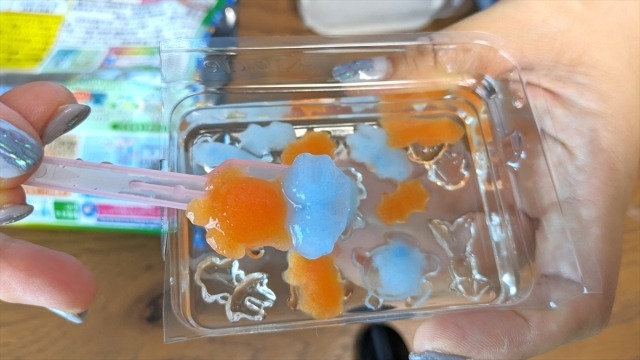
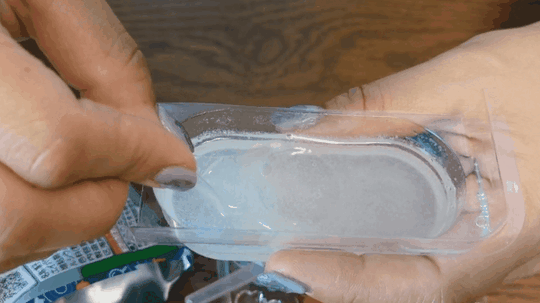

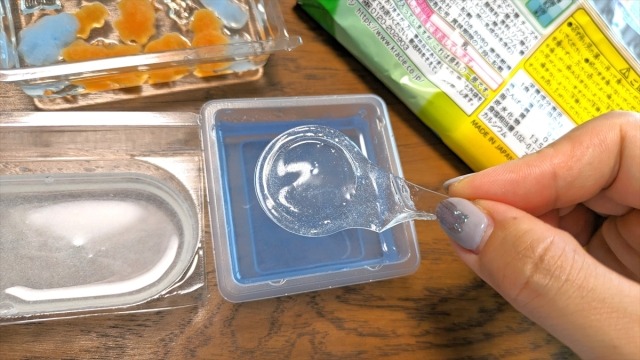
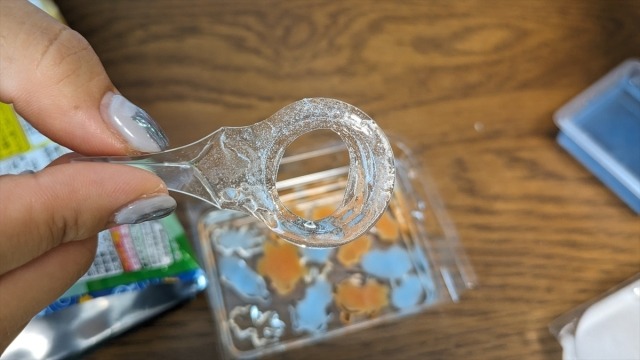
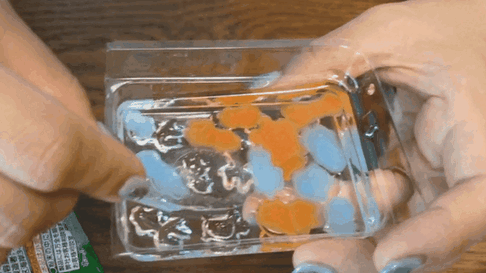
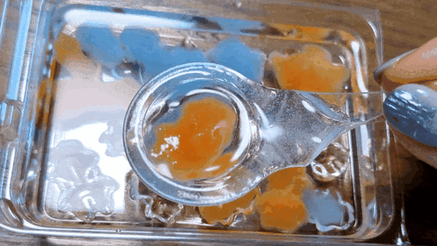

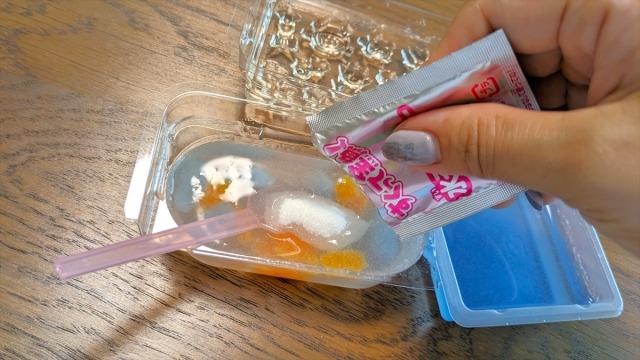
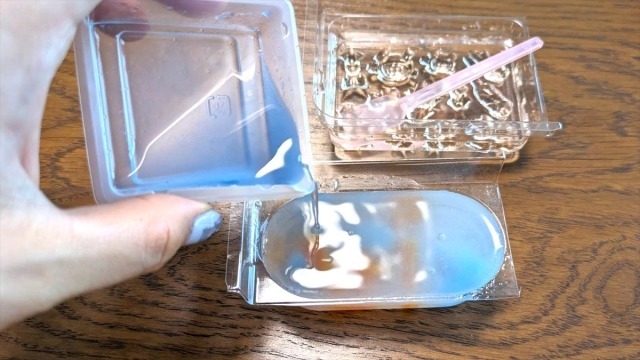
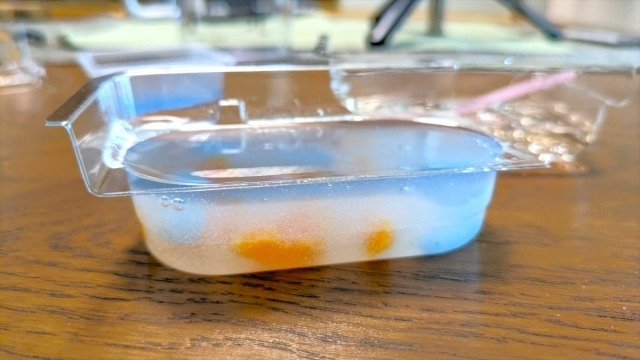
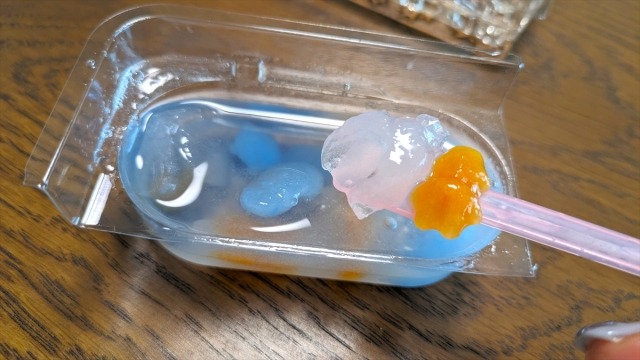
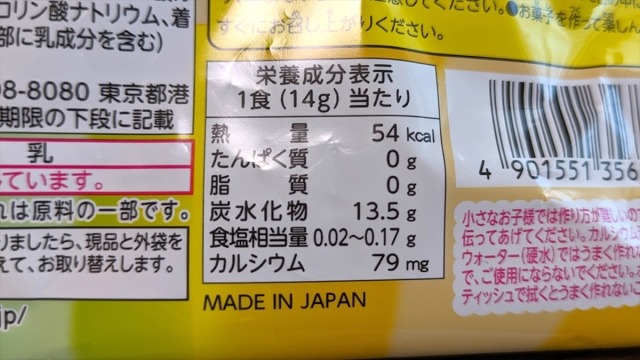
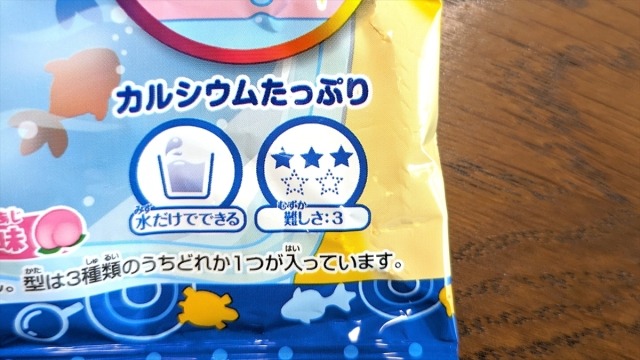
 How much difference does the choice of mold make in fermenting food?
How much difference does the choice of mold make in fermenting food? We became Japanese sweet chefs for a day with Popin Cooking’s DIY wagashi set
We became Japanese sweet chefs for a day with Popin Cooking’s DIY wagashi set We try out Nissin’s new Cup Noodle Broth Hardening Powder to see if it really works
We try out Nissin’s new Cup Noodle Broth Hardening Powder to see if it really works Making a traditional Japanese dessert from “heaven grass”【Photos】
Making a traditional Japanese dessert from “heaven grass”【Photos】 The beautiful booth models of Tokyo Motorcycle Show 2024【Photos】
The beautiful booth models of Tokyo Motorcycle Show 2024【Photos】 Foreigner’s request for help in Tokyo makes us sad for the state of society
Foreigner’s request for help in Tokyo makes us sad for the state of society Seaside scenery, history, and so many desserts on Yokohama’s Akai Kutsu【Japan Loop Buses】
Seaside scenery, history, and so many desserts on Yokohama’s Akai Kutsu【Japan Loop Buses】 Smash Bros. director Sakurai stabs Kirby in the face, has delicious justification for it
Smash Bros. director Sakurai stabs Kirby in the face, has delicious justification for it Mikado Coffee is a 76-year-old coffee chain with a major celebrity connection
Mikado Coffee is a 76-year-old coffee chain with a major celebrity connection Red light district sushi restaurant in Tokyo shows us just how wrong we were about it
Red light district sushi restaurant in Tokyo shows us just how wrong we were about it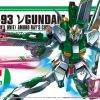 Apparently short on cash, Gundam takes a part-time job at 7-Eleven
Apparently short on cash, Gundam takes a part-time job at 7-Eleven Japanese woman stumbles on the power of the infamous “gaijin seat” phenomenon during flight
Japanese woman stumbles on the power of the infamous “gaijin seat” phenomenon during flight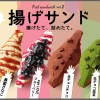 Fried sandwiches arrive in Tokyo, become hot topic on social media
Fried sandwiches arrive in Tokyo, become hot topic on social media Japan’s massive matcha parfait weighs 6 kilos, contains hidden surprises for anyone who eats it
Japan’s massive matcha parfait weighs 6 kilos, contains hidden surprises for anyone who eats it We tried Korea’s way-too-big King Tonkatsu Burger at Lotteria 【Taste Test】
We tried Korea’s way-too-big King Tonkatsu Burger at Lotteria 【Taste Test】 McDonald’s new Happy Meals offer up cute and practical Sanrio lifestyle goods
McDonald’s new Happy Meals offer up cute and practical Sanrio lifestyle goods Japanese ramen restaurants under pressure from new yen banknotes
Japanese ramen restaurants under pressure from new yen banknotes French Fries Bread in Tokyo’s Shibuya becomes a hit on social media
French Fries Bread in Tokyo’s Shibuya becomes a hit on social media New private rooms on Tokaido Shinkansen change the way we travel from Tokyo to Kyoto
New private rooms on Tokaido Shinkansen change the way we travel from Tokyo to Kyoto Tokyo Tsukiji fish market site to be redeveloped with 50,000-seat stadium, hotel, shopping center
Tokyo Tsukiji fish market site to be redeveloped with 50,000-seat stadium, hotel, shopping center Japanese city loses residents’ personal data, which was on paper being transported on a windy day
Japanese city loses residents’ personal data, which was on paper being transported on a windy day Beautiful Ghibli sealing wax kits let you create accessories and elegant letter decorations【Pics】
Beautiful Ghibli sealing wax kits let you create accessories and elegant letter decorations【Pics】 Secret Kitchen bento serves Japanese flowers, birds, wind and moon in a box, but is it worth it?
Secret Kitchen bento serves Japanese flowers, birds, wind and moon in a box, but is it worth it? New definition of “Japanese whiskey” goes into effect to prevent fakes from fooling overseas buyers
New definition of “Japanese whiskey” goes into effect to prevent fakes from fooling overseas buyers Our Japanese reporter visits Costco in the U.S., finds super American and very Japanese things
Our Japanese reporter visits Costco in the U.S., finds super American and very Japanese things Studio Ghibli releases Kiki’s Delivery Service chocolate cake pouches in Japan
Studio Ghibli releases Kiki’s Delivery Service chocolate cake pouches in Japan All-you-can-drink Starbucks and amazing views part of Tokyo’s new 170 meter-high sky lounge
All-you-can-drink Starbucks and amazing views part of Tokyo’s new 170 meter-high sky lounge More foreign tourists than ever before in history visited Japan last month
More foreign tourists than ever before in history visited Japan last month New Pokémon cakes let you eat your way through Pikachu and all the Eevee evolutions
New Pokémon cakes let you eat your way through Pikachu and all the Eevee evolutions Disney princesses get official manga makeovers for Manga Princess Cafe opening in Tokyo
Disney princesses get official manga makeovers for Manga Princess Cafe opening in Tokyo Sales of Japan’s most convenient train ticket/shopping payment cards suspended indefinitely
Sales of Japan’s most convenient train ticket/shopping payment cards suspended indefinitely Sold-out Studio Ghibli desktop humidifiers are back so Totoro can help you through the dry season
Sold-out Studio Ghibli desktop humidifiers are back so Totoro can help you through the dry season Japanese government to make first change to romanization spelling rules since the 1950s
Japanese government to make first change to romanization spelling rules since the 1950s Ghibli founders Toshio Suzuki and Hayao Miyazaki contribute to Japanese whisky Totoro label design
Ghibli founders Toshio Suzuki and Hayao Miyazaki contribute to Japanese whisky Totoro label design Doraemon found buried at sea as scene from 1993 anime becomes real life【Photos】
Doraemon found buried at sea as scene from 1993 anime becomes real life【Photos】 Tokyo’s most famous Starbucks is closed
Tokyo’s most famous Starbucks is closed One Piece characters’ nationalities revealed, but fans have mixed opinions
One Piece characters’ nationalities revealed, but fans have mixed opinions We asked a Uniqlo employee what four things we should buy and their suggestions didn’t disappoint
We asked a Uniqlo employee what four things we should buy and their suggestions didn’t disappoint Japanese YouTuber tests out homemade Water Cake three different ways【Video】
Japanese YouTuber tests out homemade Water Cake three different ways【Video】 Weird Japanese vending machine comes with a heartwarming twist
Weird Japanese vending machine comes with a heartwarming twist The most expensive ice cream in Japan? Metallic soft serve frays the nerves of staff who make it
The most expensive ice cream in Japan? Metallic soft serve frays the nerves of staff who make it Resident Evil Umbrella green, red herb bath salts now exist in real world, are terrifying【Pics】
Resident Evil Umbrella green, red herb bath salts now exist in real world, are terrifying【Pics】 Thai schoolgirl invents eco-friendly method of roach disposal using 3 simple ingredients
Thai schoolgirl invents eco-friendly method of roach disposal using 3 simple ingredients We visit a train station in historical ninja town, see ninja trick art, and become ninjas ourselves
We visit a train station in historical ninja town, see ninja trick art, and become ninjas ourselves Accessorize your aquarium: New sparkly fish tank for kids comes with jewels and plenty of pink
Accessorize your aquarium: New sparkly fish tank for kids comes with jewels and plenty of pink Japanese police searching for man who stole 1.1 million yen in tiny fish
Japanese police searching for man who stole 1.1 million yen in tiny fish From lotus root to alcohol: Are powdered foods the next big boom in Japan?
From lotus root to alcohol: Are powdered foods the next big boom in Japan? Japanese toilet paper collection opens our minds as we open our butts
Japanese toilet paper collection opens our minds as we open our butts Do try this at home! 5 foods that you can recreate in taste by combining other foods
Do try this at home! 5 foods that you can recreate in taste by combining other foods We try super rare Shizuoka food souvenirs in the form of blue gelato and purple baumkuchen
We try super rare Shizuoka food souvenirs in the form of blue gelato and purple baumkuchen This cheap Japanese beef bowl fast food chain now has beautiful, delicious frozen desserts
This cheap Japanese beef bowl fast food chain now has beautiful, delicious frozen desserts This rare autumn vegetable is the perfect addition to your stir-fry or salad【SoraKitchen】
This rare autumn vegetable is the perfect addition to your stir-fry or salad【SoraKitchen】 Put down the soy sauce! We try a new “expert” way to season your sushi【Taste test】
Put down the soy sauce! We try a new “expert” way to season your sushi【Taste test】
Leave a Reply